

Okayama University Hosts Tsushima Ruins Walking Event to Promote Community Engagement and Well-being
Exploring History and Promoting Health at Okayama University
On April 3, 2025, Okayama University held the "Tsushima Ruins Walking Event", organized by the Department of Social and Cultural Sciences. This initiative drew around 25 participants, including students, faculty, and local residents. The event aimed to foster lifelong learning and promote health among middle-aged and older adults, emphasizing the university's commitment to well-being through innovation.
The event's inception stemmed from a press release by the OU-SPRING program, which advocates for continuous learning and physical activity among the elderly. Prominent figures such as Professor Takashi Horiuchi and Honorary Professor Hiroshi Makino opened the event with inspiring remarks, paving the way for a deeper exploration of the historical Tsushima site.
Participants first visited the restored special pottery platform excavated from the Tatenuki burial mound, guided by Professor Akira Seike. This restoration, achieved through a crowdfunding initiative, highlights the site’s historical significance.
After the museum tour, attendees split into groups for a 30-minute walking course through the Tsushima ruins and a direct route to the Cutie Pie Cafe. This setting allowed for enjoyable afternoon tea, fostering interpersonal connections among participants as they reflected on the day’s educational experiences.
The gathering witnessed contributions from local organizations and dignitaries, including members from the Kibi Society, which promotes international understanding through education. Participants exchanged perspectives on cultural heritage and history, enriching their knowledge of Okayama's rich history.
This walking event stands as a vital opportunity to strengthen community ties and enhance knowledge sharing, emphasizing the fabric of learning and health in society. As Okayama University continues to link research and community initiatives, it fosters a culture of engagement, curiosity, and sustainable development. We look forward to further contributions from this distinguished institution in addressing local and global challenges.
By combining academic expertise with community needs, Okayama University sets a precedent for research universities aiming to nurture healthier, more informed citizens. The Tsushima Ruins Walking Event exemplifies how academia can play a pivotal role in forging meaningful connections through historical appreciation, promoting the importance of understanding our past as we shape our future.
The university’s strategic objectives align with the initiatives of community-based organizations, further heralding a collaborative approach to education which fosters active, lifelong engagement. By continuing such efforts, Okayama University not only advances academic discourse but also nurtures a resilient, well-informed community dedicated to ongoing personal and societal growth.
The Tsushima Ruins Walking Event is just one example of how educational institutions can meaningfully impact society by bridging gaps between knowledge and active participation in community health and well-being. The enthusiasm displayed by participants signifies a collective commitment to lifelong learning, cultural preservation, and mutual understanding — values that are essential for cultivating a thriving society.
Through events such as this, Okayama University affirms its dedication to being a cornerstone of research excellence, community service, and a leader in promoting innovation for well-being in society, paving the way for a future where education and health coalesce.
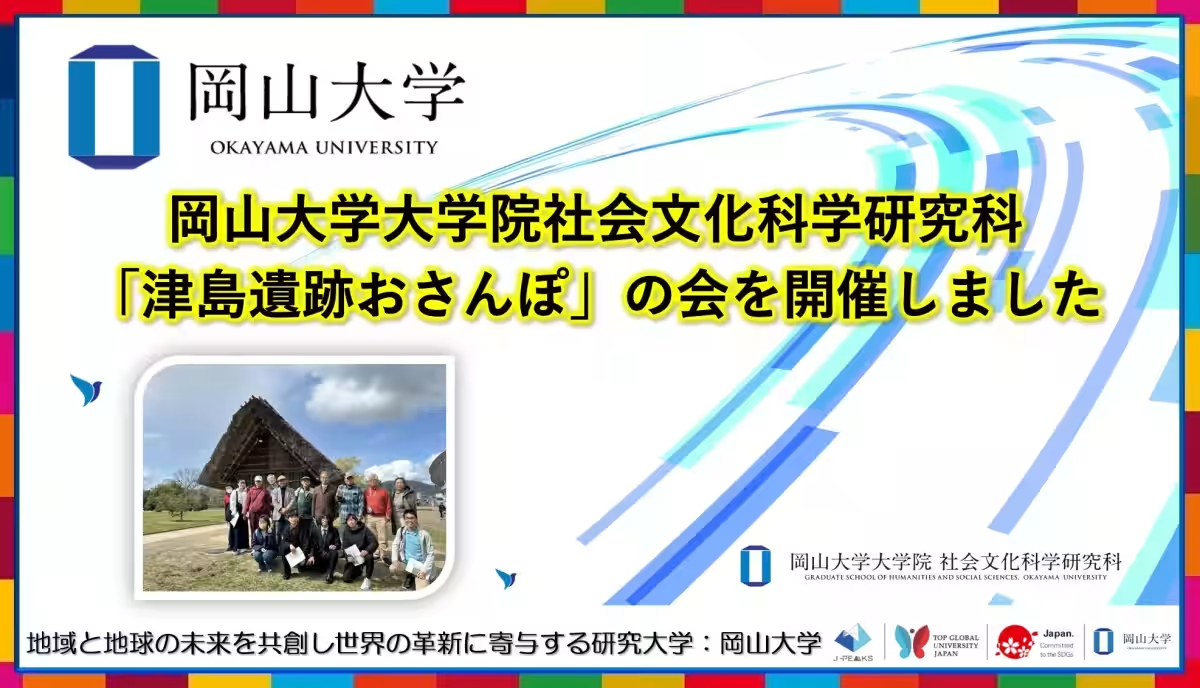
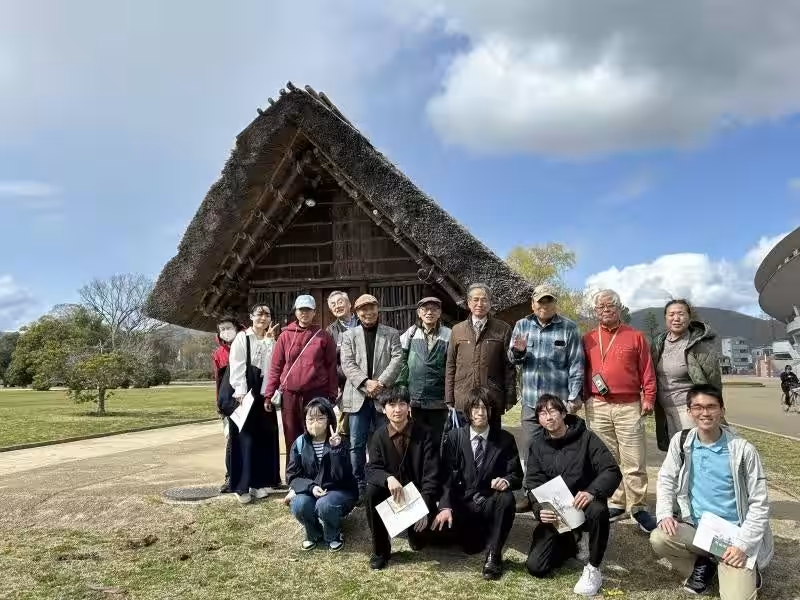
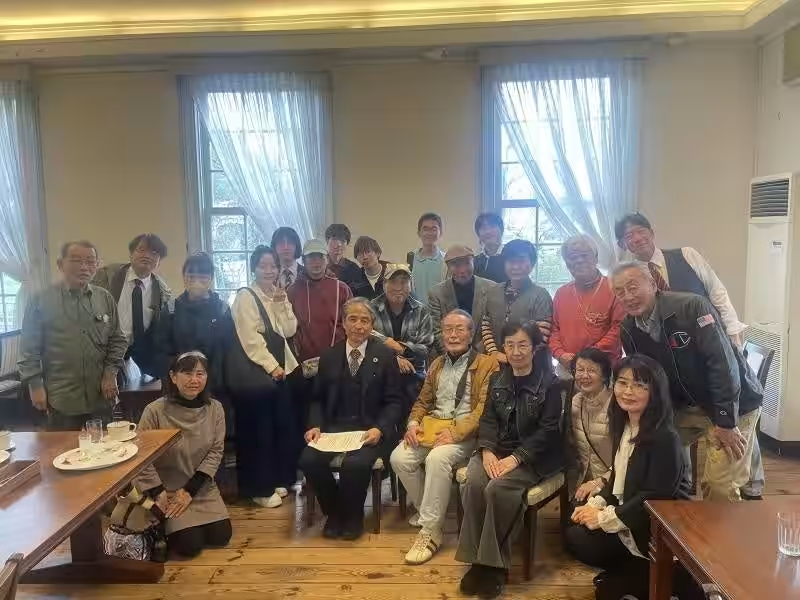
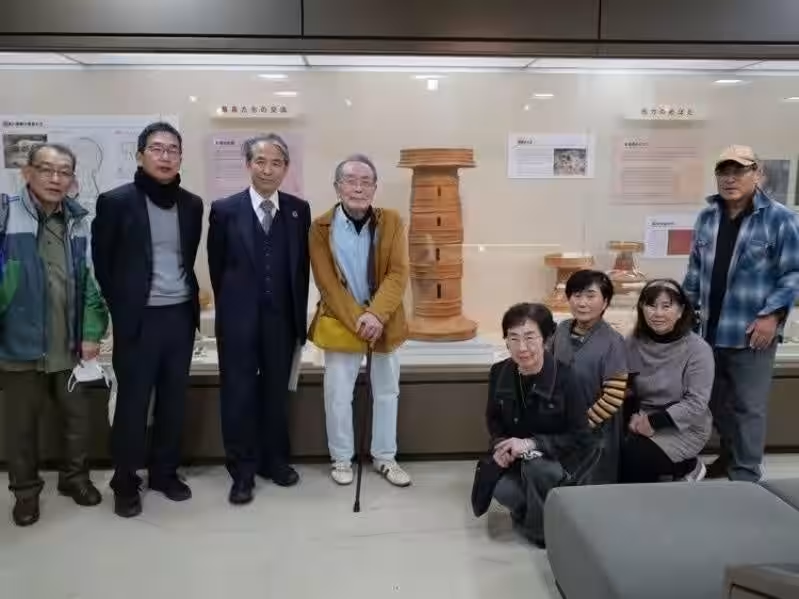
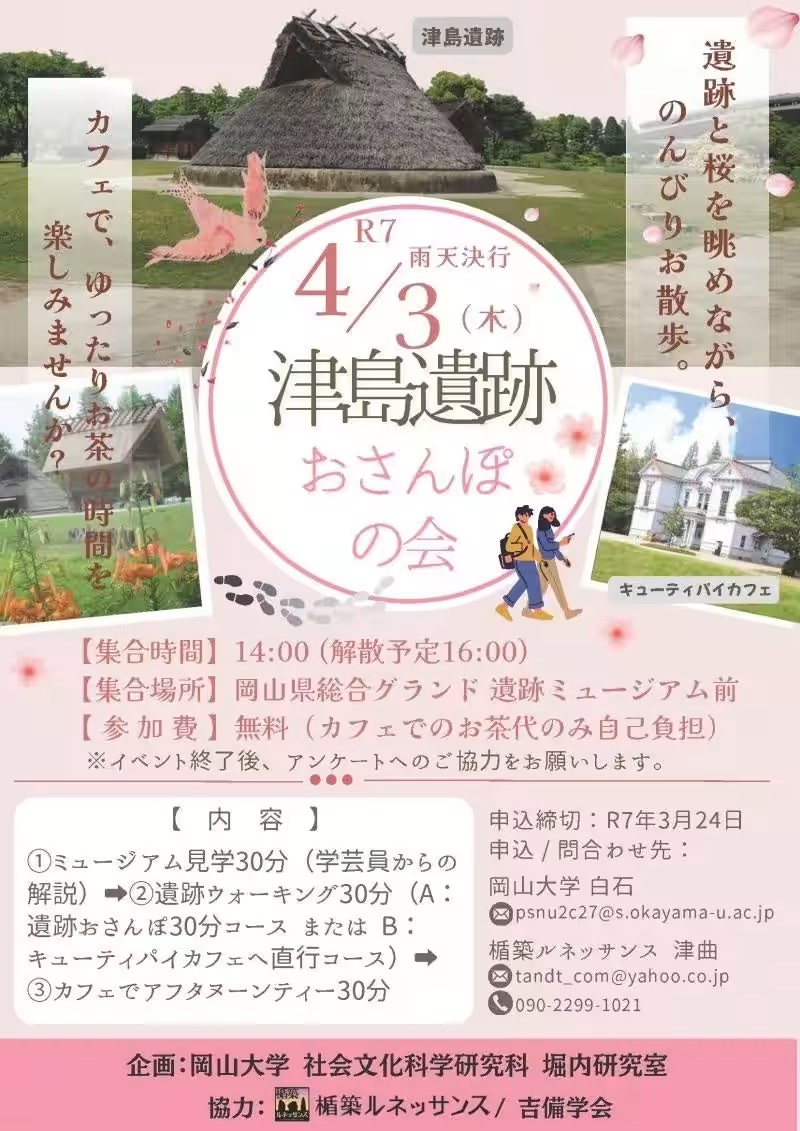


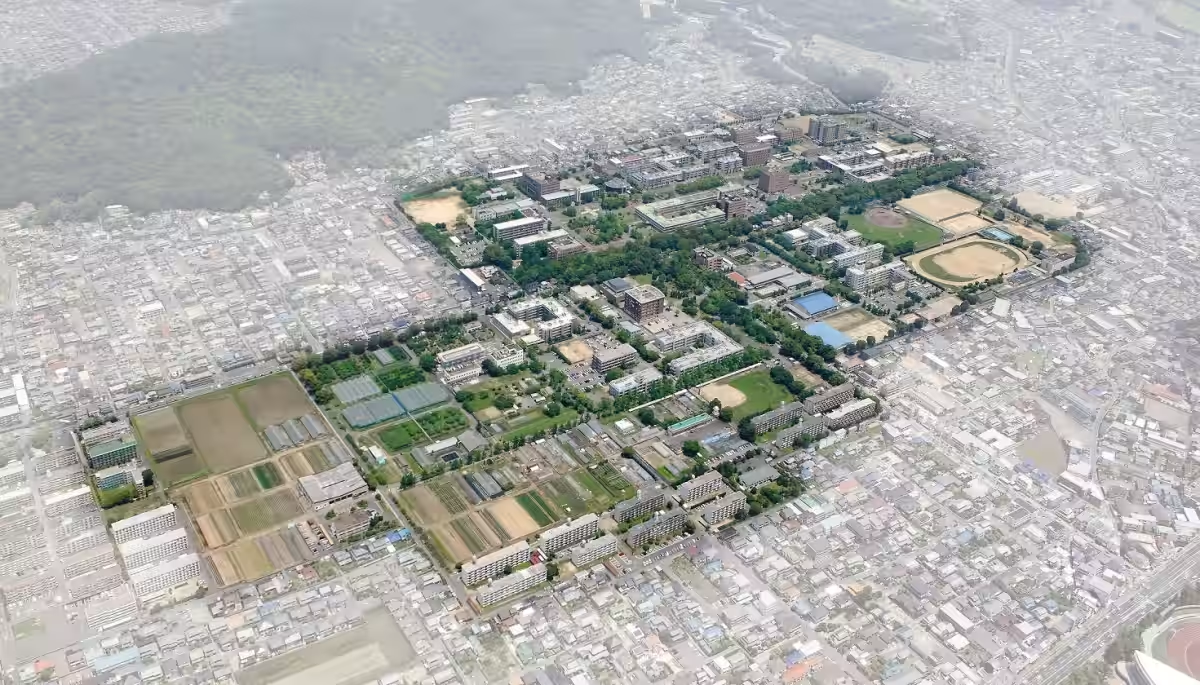
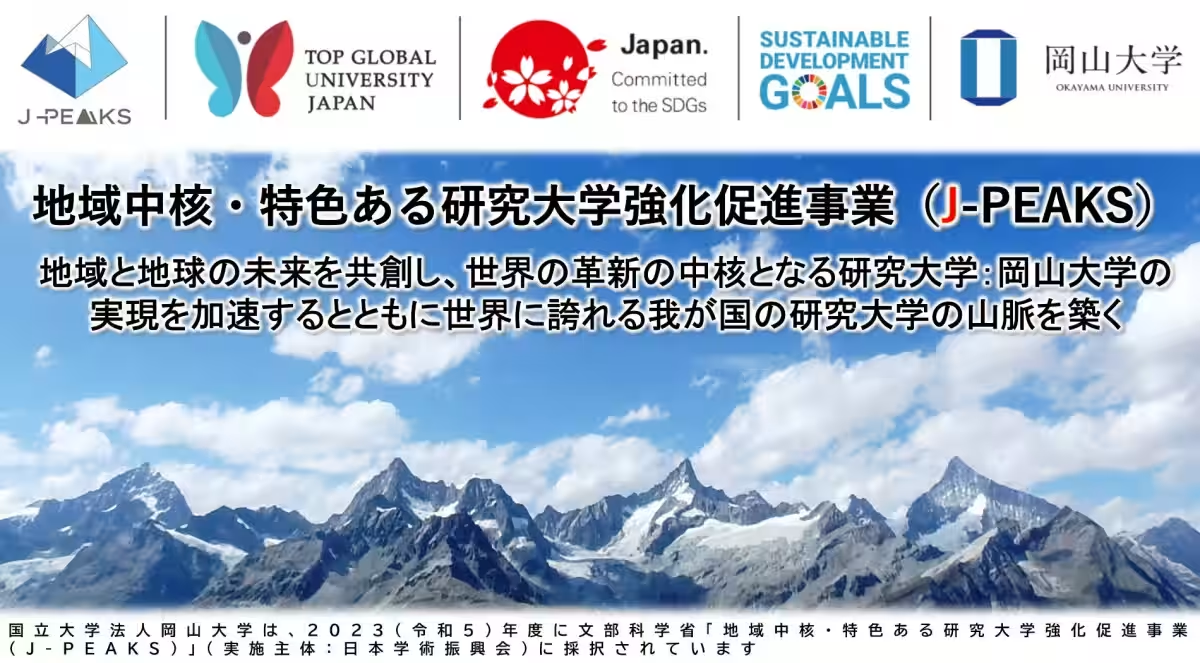
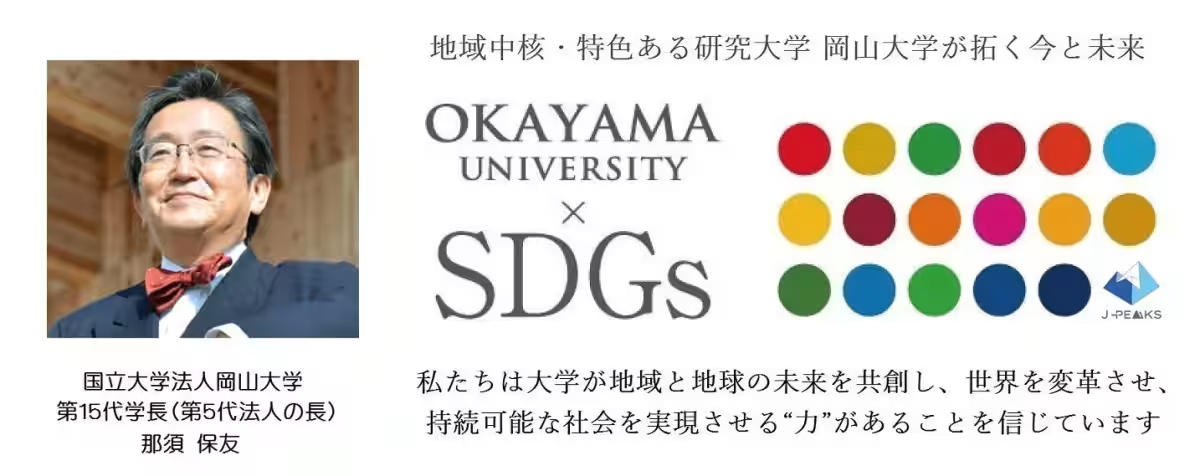
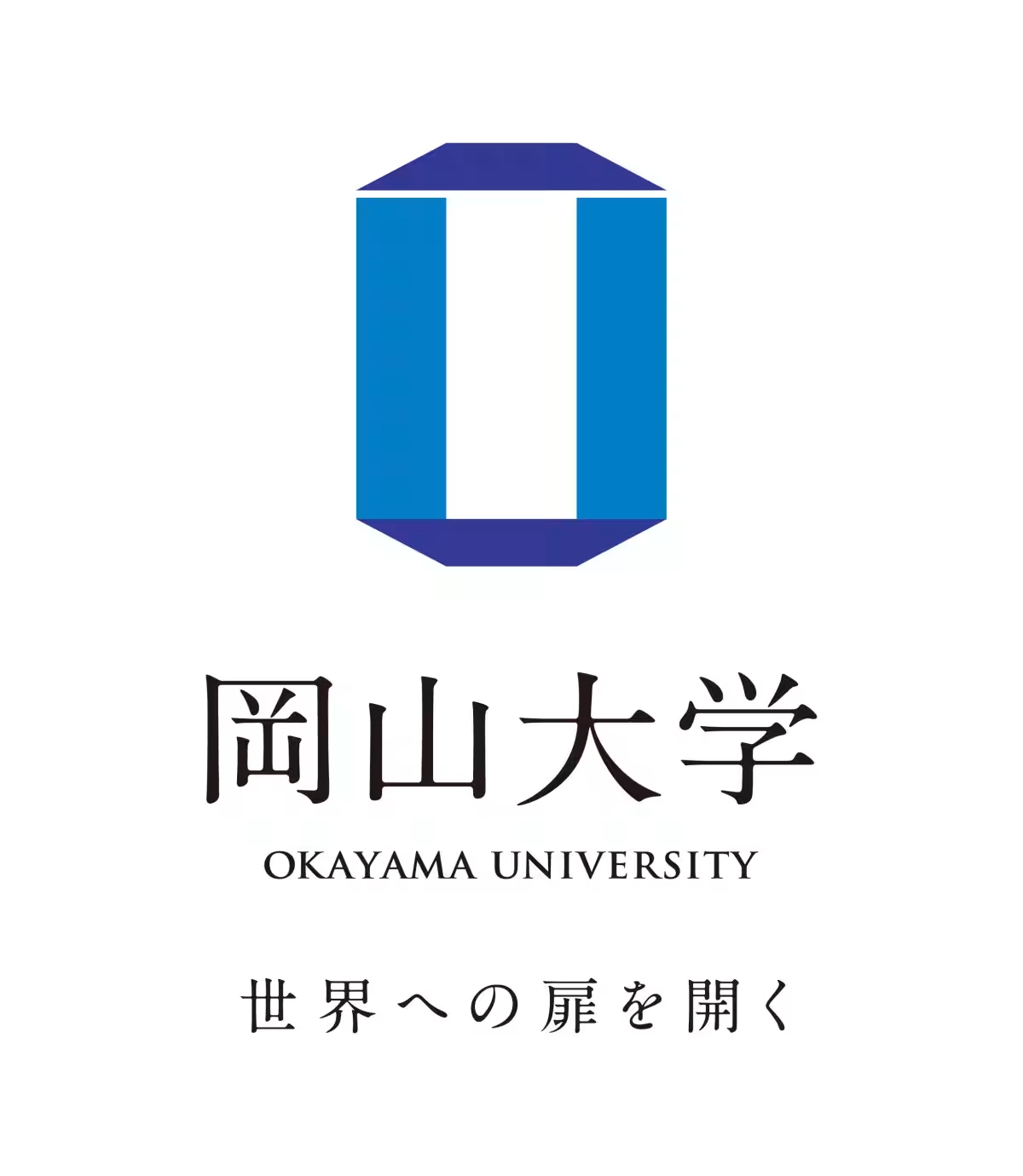
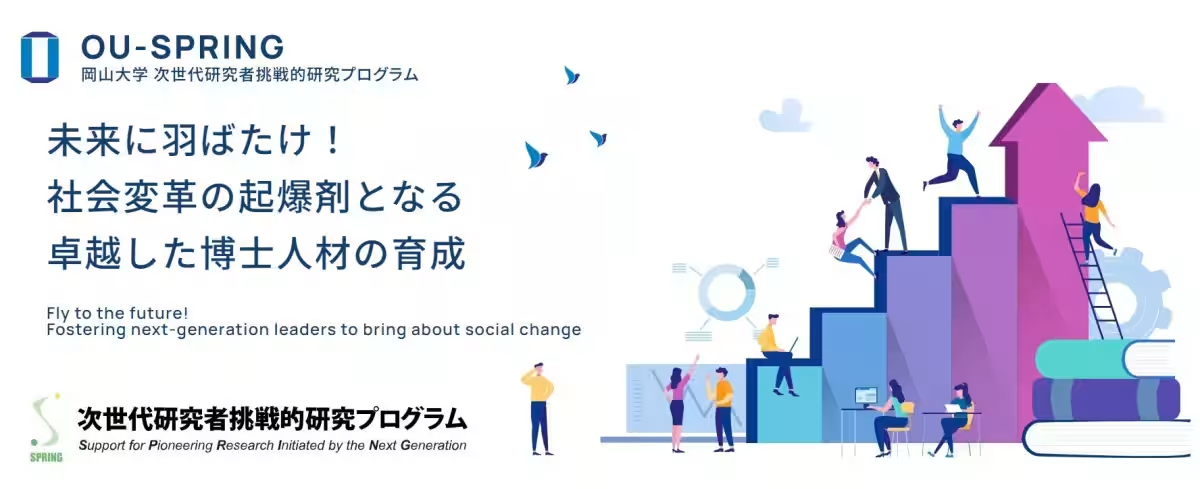
Topics People & Culture)










【About Using Articles】
You can freely use the title and article content by linking to the page where the article is posted.
※ Images cannot be used.
【About Links】
Links are free to use.